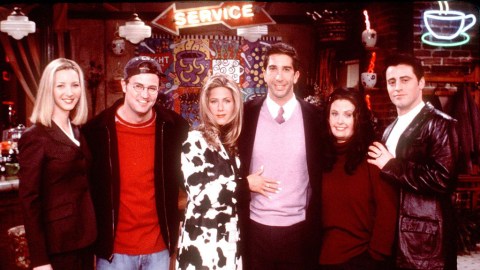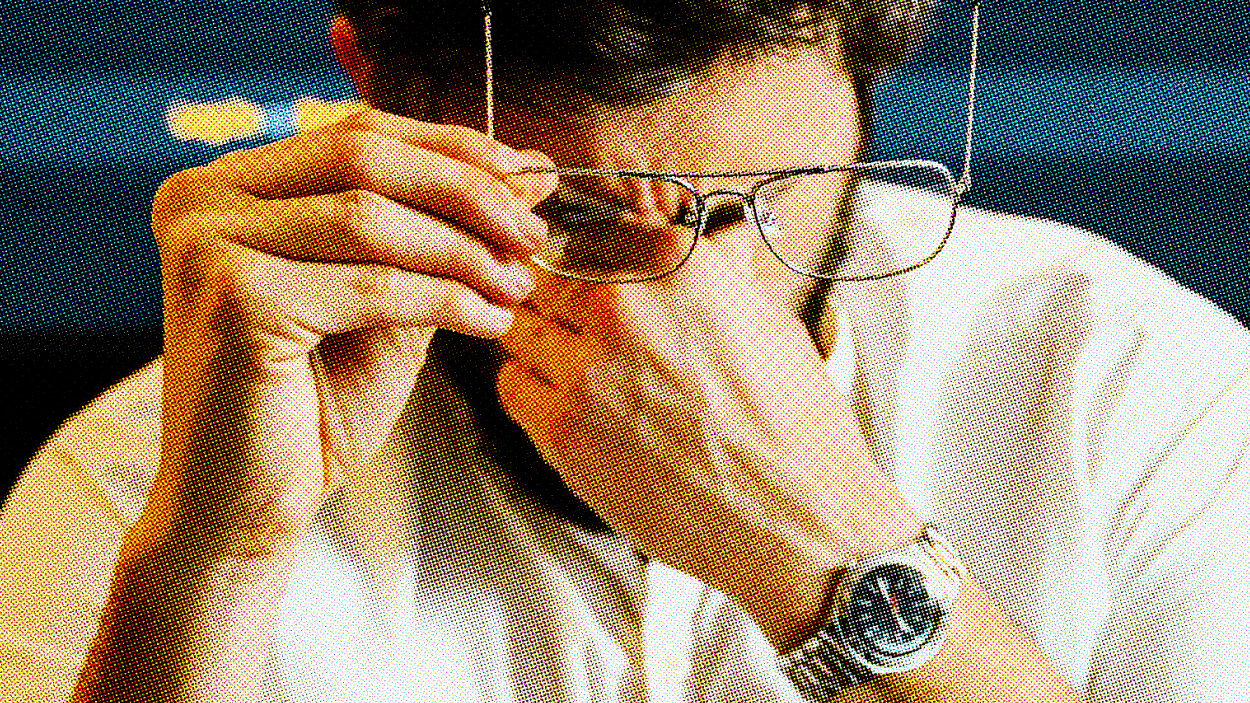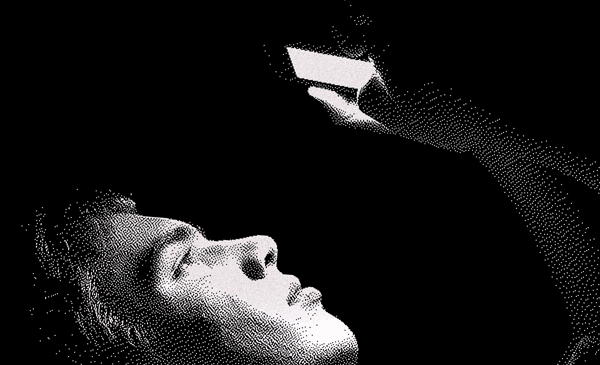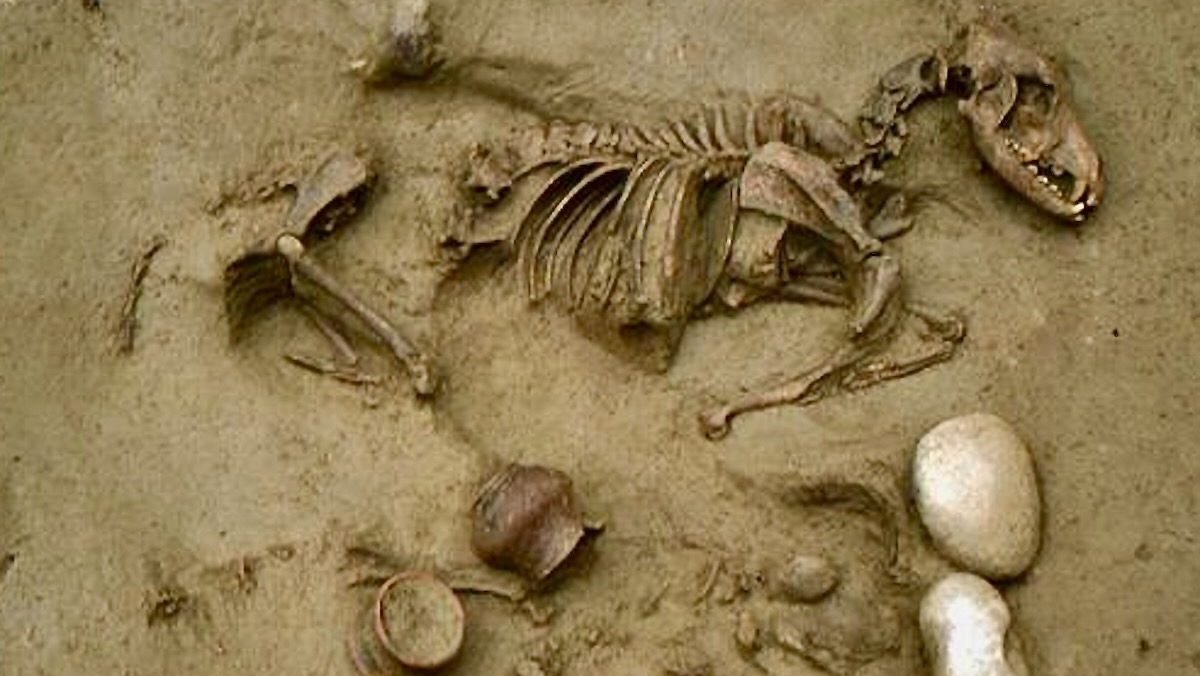Science Says You Can Only Have a Few Best Friends

Think about how you spend your evenings, weekends, and workdays. Bring to mind all the different people that you are connected with throughout the week and think about how many of them you would call friends. And past the label of friendship, think about the people that you consider your absolute closest circle, the ones you trust the most and go out of your way to support wholeheartedly. How many people do you come up with?
Research shows that that number for most people is about five. Five people that we hold above all others in our lives, and with whom we maintain the closest relationships. And from there, we have concentric rings of relationships, with more people in each subsequent ring, and each ring being slightly less close in relationship. For example, we have about 15 people with whom we are second emotionally closest to, 50 people with whom we are third emotionally closest to, etc.
This is fascinating research that draws new similarities across human lives, but at the same time it leaves some unanswered questions. Who are the people closest to us, for example? Aside from family members, who do we actively choose or end up in tightest relationship to? More specifically, what do those people look like?
One study looking at multicultural connections, found that the average white person in the U.S. closely associates with only one black person, while the average black person closely associates with nine white people. The numbers were found by asking respondents to describe several people with whom they “regularly discussed important matters.”
Those numbers aren’t necessarily much of a surprise, and while it’s probably not a good idea to go around choosing friends based on race, the question of how to diversify workspaces, classrooms, and other public institutions often comes down to the question of personal relationships. Who is in the network of people to draw upon for an opening, and who is outside of it?
It would be interesting to see research that connects what we now know about circles of relationships with common diversity goals. Is the average person’s friendship bandwidth maxed out with people they grew up with and live closest to, or are there ways to make those circles more diverse when desired? Or in the work context, how can employers build more diverse networks from the get-go, so they are ready with qualified applicants of a variety of backgrounds when needed?
These questions applies to more than just race. We should also look at sexual orientation, ability status, gender, and a variety of other factors. By becoming more aware of who our friends and associates are, maybe will we all be able to make diverse communities a reality.
—
Header Image: Getty Images / Handout





